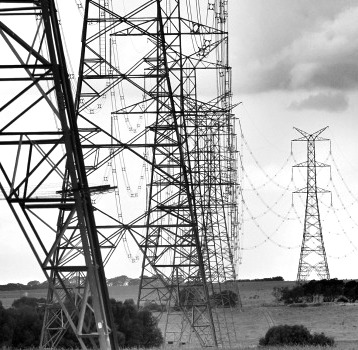AEMO outlines grid issues
 AEMO has warned electricity supplies for Australia's eastern grid are forecast to fall short of demand within three years.
AEMO has warned electricity supplies for Australia's eastern grid are forecast to fall short of demand within three years.
The Australian Energy Market Operator (AEMO) has released its latest 10-year outlook for the national electricity market.
It says that in the next decade, Australia will experience its first cluster of coal-generation retirements, with at least five power stations totalling 8.3 gigawatts (GW), equal to approximately 14 per cent of the NEM’s total capacity.
Experts say this shortfall will come at a time of increased demand, as efforts are made to electrify big chunks of the economy, such as the transport industry.
Without investment in new sources, the closures are expected to reduce generation supply and challenge the transmission network's capability to meet reliability standards and power system security needs.
Considering only existing and committed projects, AEMO forecasts reliability gaps against the Interim Reliability Measure in South Australia in 2023-24 and Victoria from 2024-25.
New South Wales is forecast to breach the reliability standard from 2025-26, followed by Victoria (2028-29), Queensland (2029-30) and South Australia (2031-32).
“Despite the challenging reliability outlook against ‘committed’ projects, should the 3.4 GW of anticipated generation and storage projects, alongside ISP [Integrated System Plan] actionable transmission projects, be delivered to their current schedules, then reliability standards would be met in all regions of the NEM until later in the decade when more large thermal generators exit,” AEMO CEO Daniel Westerman says.
“The five transmission projects identified in the 2022 Integrated System Plan – HumeLink, VNI West, Marinus Link, Sydney Ring and New England REZ Transmission Link – should progress as urgently as possible to enable electricity consumers to make shared use of existing and future generation and storage.
“Governments also have a range of measures to bring in new generation, storage and transmission, which will greatly aid the short- to medium-term outlook. As these become committed, they will be incorporated into future reliability assessments, and will reduce the reliability risks presently forecast,” he said.








 Print
Print